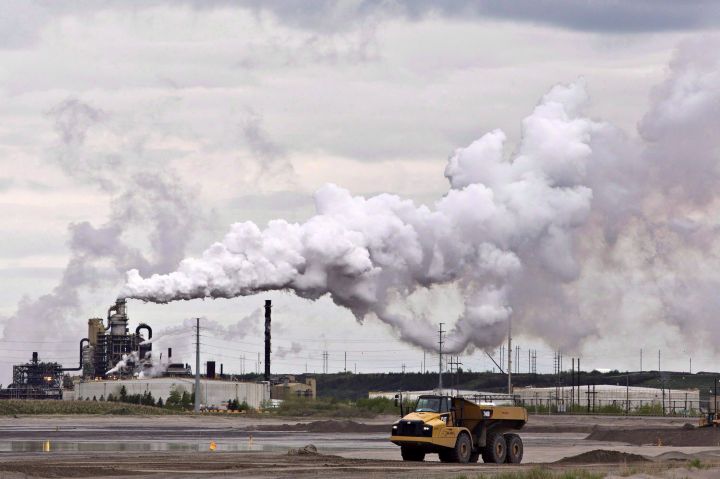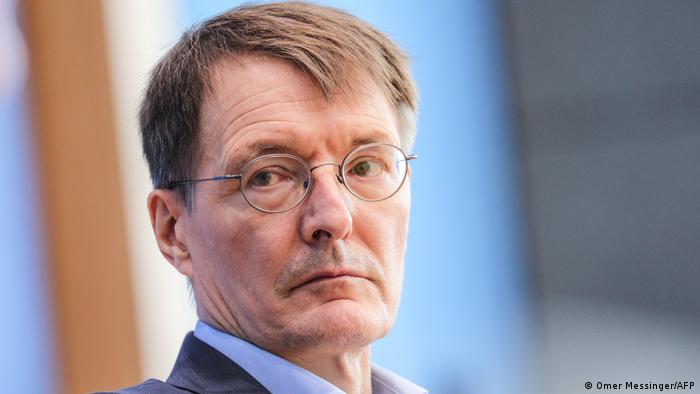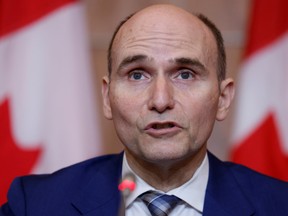COVID-19: Oilsands organization says region operating with critical staff only because of Omicron
By Amanda Stephenson The Canadian Press
Posted January 7, 2022

Alberta’s oilsands are maintaining production levels with critical staff only as operators try to minimize the workforce impact of the highly contagious Omicron variant.

However, depending on the trajectory of the virus, the head of an industry group said there could come a point when output is affected.
READ MORE: Severe illness not rising as fast as ‘enormous’ number of Omicron infections: Tam
“This period of low activity was planned for and prepared for,” said Perry Berkenpas, executive director of the Oil Sands Community Alliance. “I’ll offer that we can see on the horizon some emerging issues with staffing that have the potential to impact the operations in the next number of months.”
Berkenpas said energy companies operating remote camps in northern Alberta are currently focused only on routine day-to-day operations and are enforcing work-from-home orders for all other employees. This decision was made just before Christmas, when it became apparent that Omicron would likely have an impact, he said.
“The amount of work and the amount of people on-site has been as low as possible,” Berkenpas said, adding in normal times between 40,000 and 60,000 workers are on location at any given day at oilsands mines in the Wood Buffalo region of northern Alberta.
“Right now, in most cases it’s anywhere from 40 to 65 per cent fewer staff than would be there during normal operations.”
READ MORE: Report finds Alberta’s ‘fly-in, fly-out’ oilsands workers face significant stress, reluctant to seek help
The regular Christmas lull as well as the extreme cold weather that is idling some servicing rigs are also contributing to the reduced activity at sites, Berkenpas said. But he said sooner rather than later, companies will want to ramp up again — and the dynamic nature of Omicron means there’s a lot of uncertainty around when or how that will happen.
During earlier waves of the pandemic, Alberta’s oilsands camps were the source of significant outbreaks of the virus. Thousands of cases of COVID-19 were linked to oilsands production facilities in the spring of 2020, and again in the spring of 2021, when the Regional Municipality of Wood Buffalo was forced to declare a state of emergency due to rising cases.
It’s not clear how many oilsands workers are currently sick with COVID-19 during this current Omicron wave. The only oilsands facility currently listed on Alberta Health’s website as an outbreak location is Suncor Energy Inc.’s Fort Hills site — which according to the department, has been linked to 266 cases, all but three of which have already recovered.
Berkenpas said he could not provide an update case count for the oilsands, though he acknowledged the official government numbers might not be an accurate depiction of the situation given the accessibility of rapid at-home test kits that allow workers to forego a PCR test.
“I will say that we’re seeing less issues on-site than I think we’re seeing in the general population at this point,” he said. “But that becomes more of a challenge as soon as we try to ramp up some level of activity.”
Last spring, oilsands operators partnered with Alberta Health Services to hold COVID-19 immunization clinics at work camps and sites in the Wood Buffalo region. Berkenpas said 17,000 to 18,000 vaccines were administered during these campaigns, though no similar on-site clinics have yet been established to offer boosters.
An outbreak at Canadian Natural Resources Ltd.’s (CNRL) Horizon camp in the spring of 2021 became the largest workplace outbreak in Canada, and resulted in the deaths of three workers.
READ MORE: Inside the oilsands site that has seen Canada’s largest workplace COVID-19 outbreak
That company has made full vaccination mandatory for all workers and on-site contractors, and company spokeswoman Julie Woo said in an email there has been “minimal” impact to CNRL operations due to Omicron.
Woo said CNRL also has other extensive measures in place to prevent transmission, including documented daily health checks, screening protocols prior to boarding public transportation, physical distancing measures in its camp and dining room facilities, and mandatory mask wearing while indoors.
Both Imperial Energy Corp. and Cenovus Energy said they continue to operate safely and have implemented robust health measures across their sites, including encouraging vaccination and enforcing rapid testing at field locations.
Suncor Energy Inc. did not respond to a request for comment.

/cloudfront-us-east-1.images.arcpublishing.com/tgam/JVW34QMVMVP2LPGFRBNXQU56AY.jpg)






